Jean Jullien – “everything’s easier when you make people smile”
BESbswyBESbswyBESbswyBESbswyBESbswyBESbswyBESbswyBESbswyBESbswyBESbswyBESbswyBESbswyBESbswyBESbswyBESbswyBESbswyBESbswyBESbswy
BESbswyBESbswyBESbswyBESbswyBESbswyBESbswyBESbswyBESbswyBESbswyBESbswyBESbswyBESbswyBESbswyBESbswyBESbswyBESbswyBESbswyBESbswy
French illustrator Jean Jullien has been drawing on to the windows of a New York Building for his solo show In Case of Ubiquity. We speak to Jullien about the differences in transatlantic humour and find out how he makes people laugh despite being “a bit of a curmudgeon”.

Design Week: What inspired the In Case of Ubiquity show?
Jean Jullien: In Case of Ubiquity is an installation in the form of a visual diary drawn on 72 windows [at production house Industial Color], offering a fantastic view of Manhattan. What I enjoyed in this exercice is that it was the first time that I could share “live” my creative process, in a rather raw manner. It is also great to be able to talk about something (New York city) with your subject in the background, living and moving. It’s like a live documentation of a subject where the content is also the context.
DW: A lot of your work involves social observation – how do you get the inspiration for this? Do you spend a lot of time watching or sketching people in public places?
JJ: Being a bit of a curmudgeon, I get annoyed by a lot of things, just walking around the city. Like all of us really, just little things that makes us all tick. But instead of ranting about it, I try to see a funny twist on it; to find the irony. This usually gets translated graphically in the form of a visual “gag” or scene. So in a way, the observation is more contextual than visual, if that makes sense.

DW: Your work includes humour but also satire and social commentary – how do you balance the two?
There is a slightly critical undertone in a few of my images but, in general, I try to do everything with a pinch of humour as I think everything’s easier when you make people smile.
DW: You’re one of the few illustrators who regularly comments on news and current affairs, why do you think this is so rare in illustration and why do you feel the need to do this?
JJ: I think it’s a very slippery slope. Most people think that they don’t have the credibility to do so, or the knowledge. I think it’s a shame. I don’t have the credibility nor the knowledge, but I read the news like most of us, and I have opinions. Usually my take on these matters is an open question, a forum. I don’t have a truth to hammer or an answer to offer, I just share my questionings and see where the conversation leads us. My professional practice is about communicating things or ideas to people, so I think it’s key that I know the world we all live in. You can’t communicate to people if you don’t live in the same world or try to understand it.
DW: Have any of your pieces ever got you into trouble?
JJ: It happens every now and again, but nothing too drastic. It just comes out as strong because that’s what people got used to do online, in comments, but if you read between the lines, it’s mainly people misunderstanding what I’m trying to say. What I do is usually pretty middle-of-the-road, about tolerance, justice, respect and equality. Frankly, it’s topics most people are on the same board with. But when I get someone upset and I feel like I can explain myself simply, I do it. And it always ends well. But it’s just due to a failure to communicate efficiently my idea, when it gets misinterpreted. It’s interesting, that’s why I love social media, you get to see what makes people tick, what they understand and so forth. It’s key to a communicator I think.

DW: Have you found a difference between how your work is received in the US compared to Europe?
JJ: Absolutely. But mainly obvious things: like geographic topics. Discussing the Ukrainian crises has a much stronger echo with the European audience, whether the Ferguson crisis made people in the US react much more. It’s very logical really. But it’s interesting for me to try to share ideas with a world wide audience, I have to tailor things a bit, which I like. I get so much from this, in my own work. I really enjoy trying to understand what people like, what makes them engage, it teaches me a lot for my work, as well as simple human understanding.
DW: What’s next for you – are you now permanently based in the US and are you planning more work in Europe?
JJ: I’m working between the US and Europe! I want to be flexible and not restrain myself to a single area. We’re lucky enough to be living in times that allow global connections, so I really want to make the most of it and address a universal audience rather than tailor to a specific crowd.
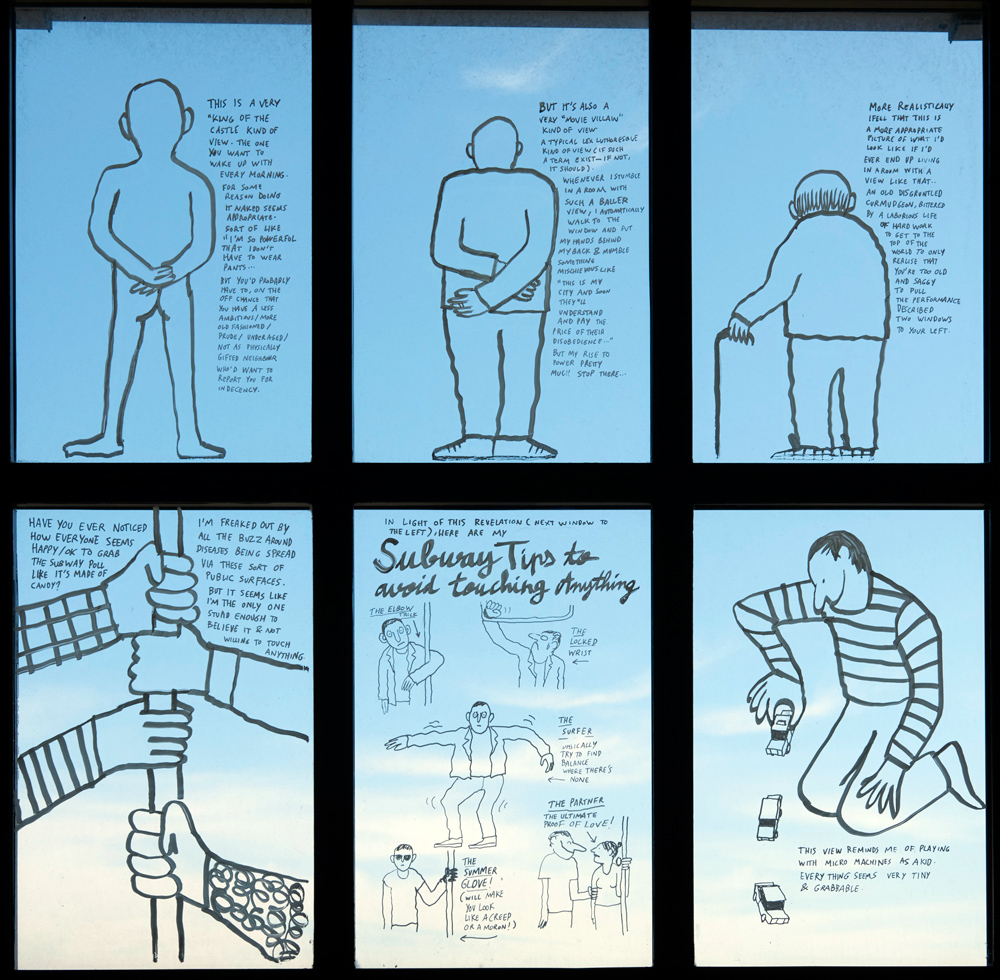
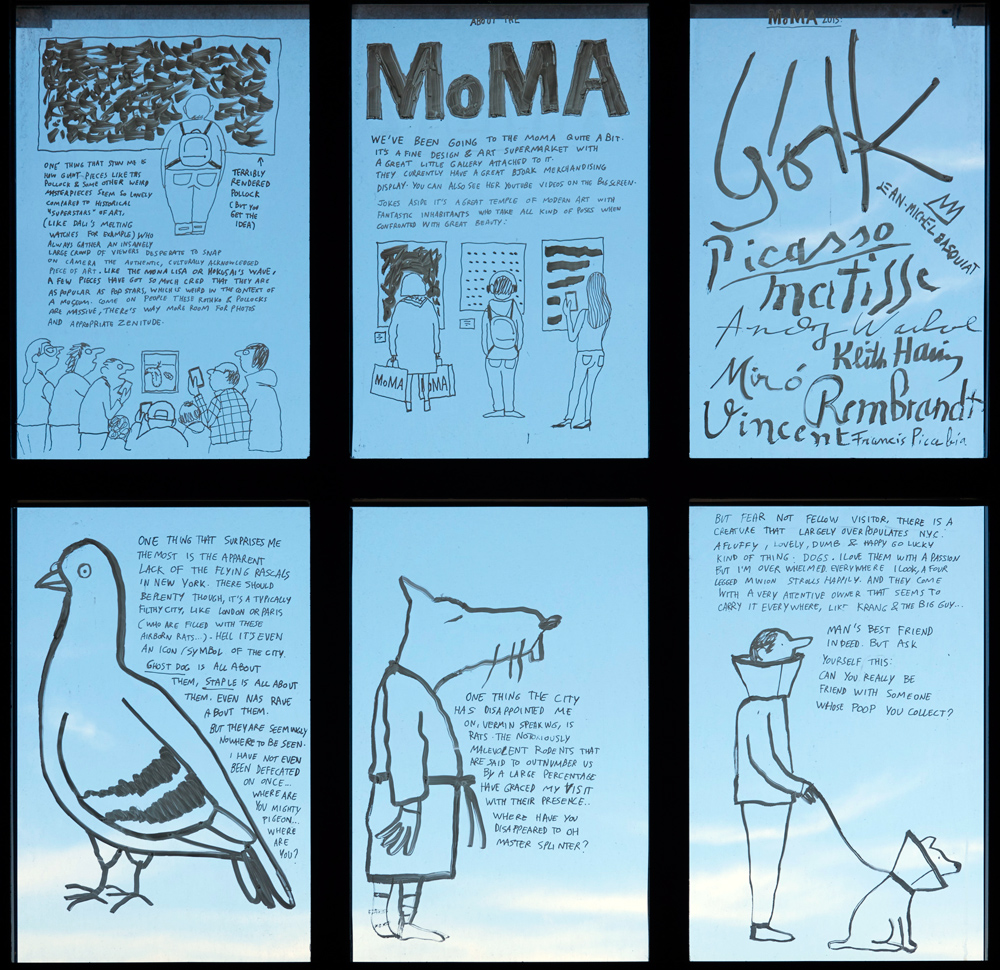
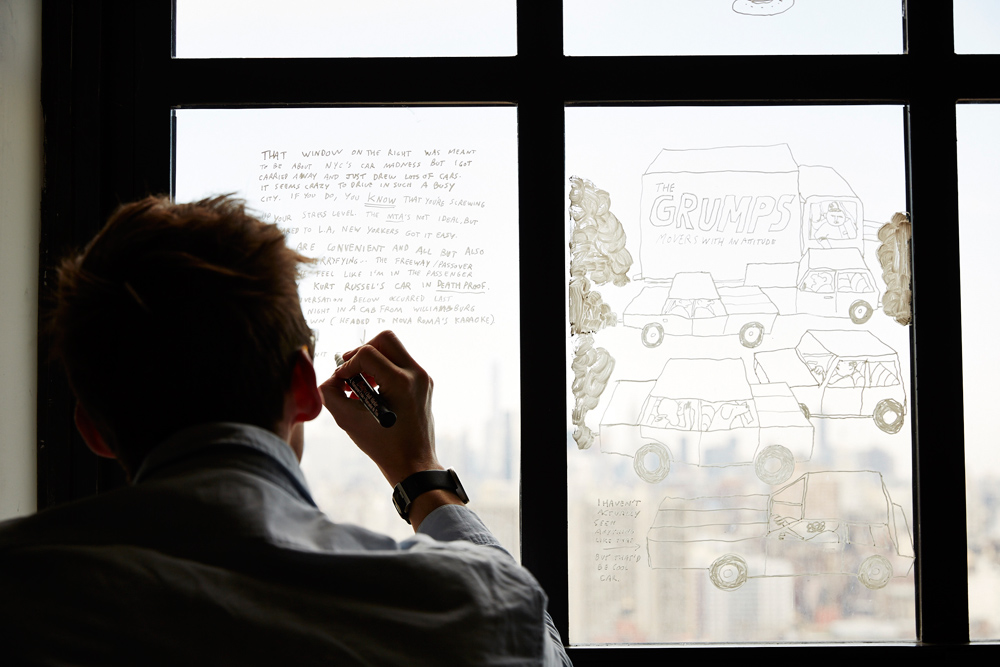
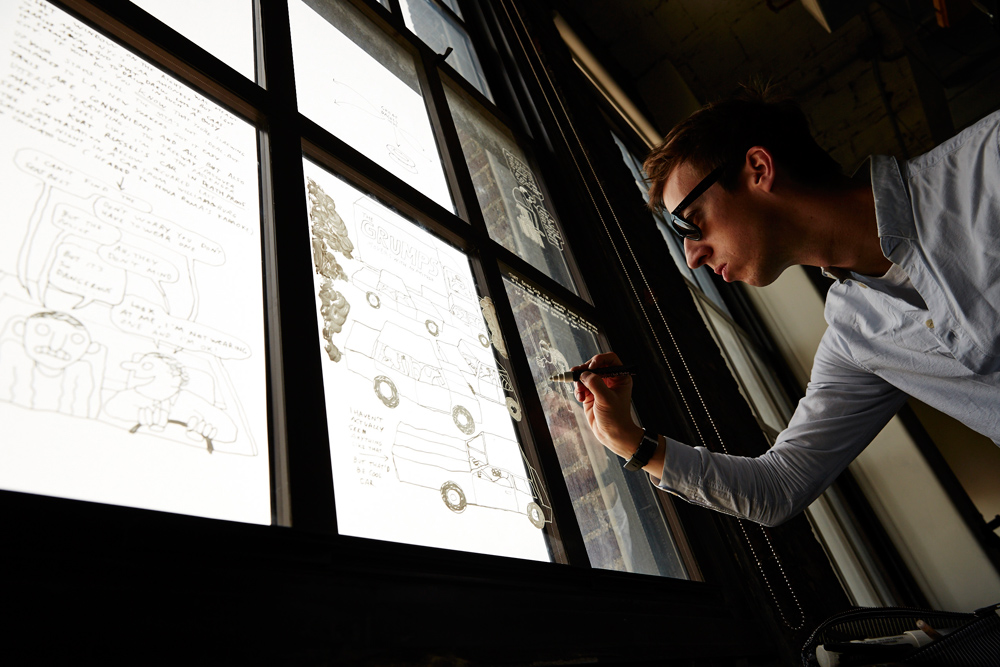
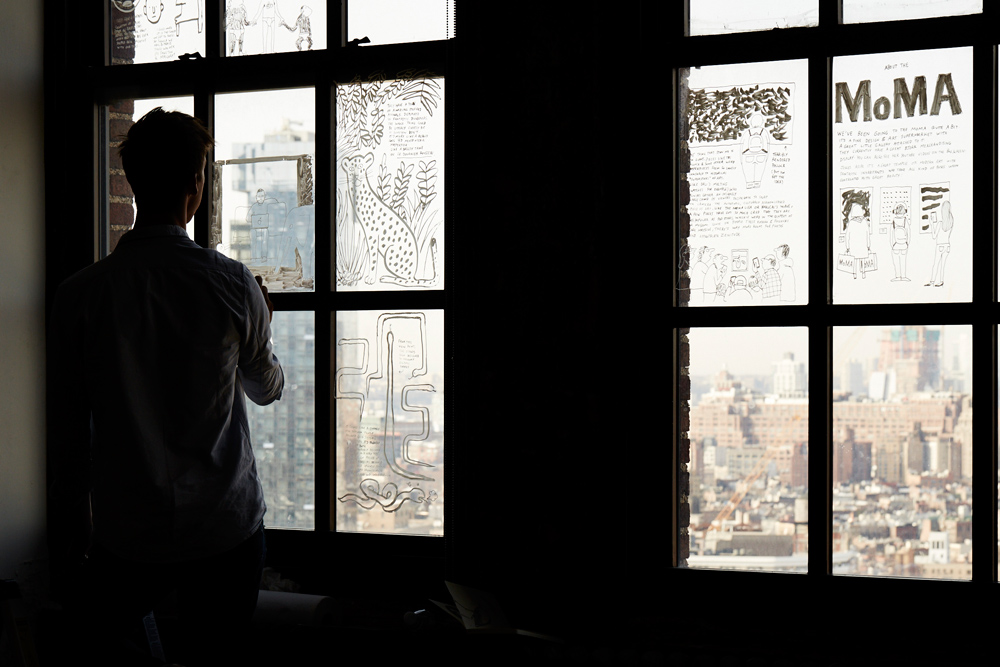
BESbswyBESbswyBESbswyBESbswyBESbswyBESbswyBESbswyBESbswyBESbswyBESbswyBESbswyBESbswyBESbswyBESbswyBESbswyBESbswyBESbswyBESbswy
BESbswyBESbswyBESbswyBESbswyBESbswyBESbswyBESbswyBESbswyBESbswyBESbswyBESbswyBESbswyBESbswyBESbswyBESbswyBESbswyBESbswyBESbswy
‘In Case of Ubiquity’ is on exhibition at the Industrial Color Brands Gallery, 32 Ave. of the Americas, New York, NY 10013, until the end of May.
-
Post a comment



